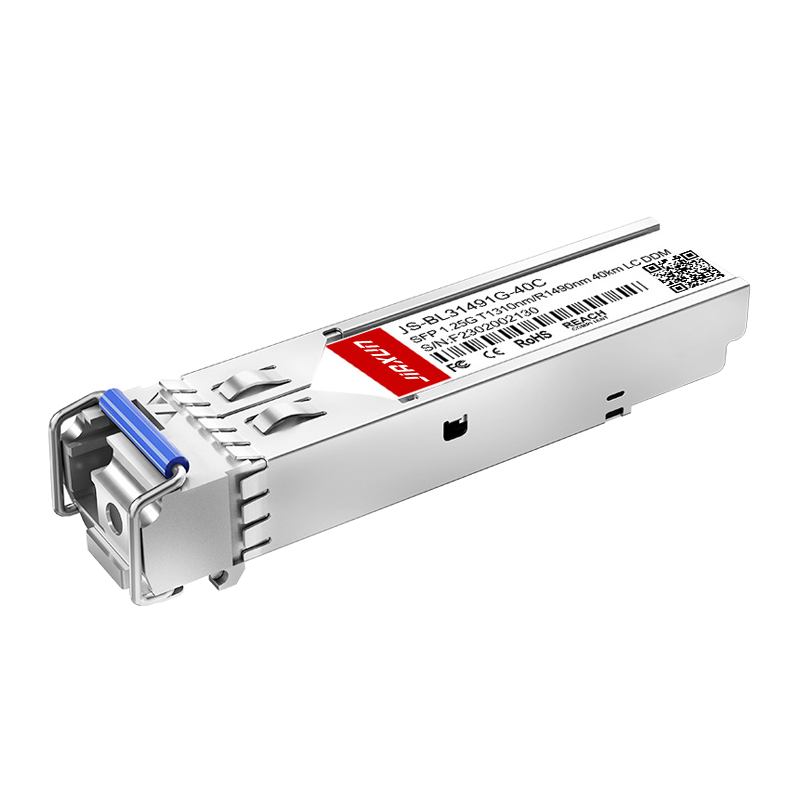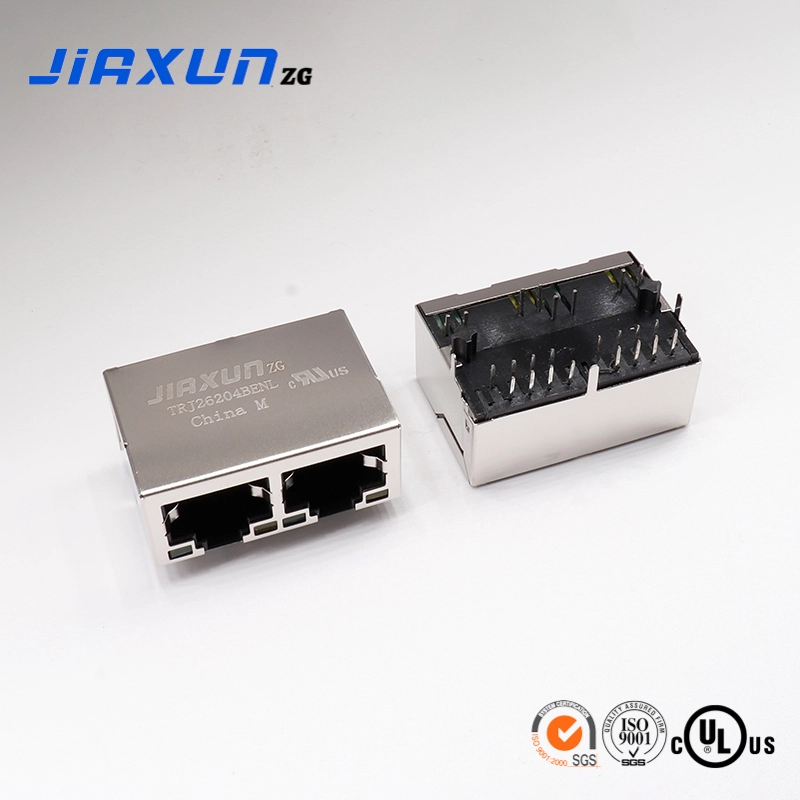Industry News
Unraveling the Power of Industrial-Grade RJ45: The Backbone of Modern Connectivity
Unlocking Connectivity: The Wonders of RJ45 Connector with Magnetic
Unveiling the Lan Transformer: A Game Changer in Tech News
The Rise of the RJ45 Connector With Magnetic: A Game-Changer in Connectivity
Unraveling the Mysteries of the RJ45 Modular Jack
How to determine the compatibility of optical modules?
The Unsung Hero of Networking: RJ45 Connector Explained
Contact Us
Factory add: NO.54. Jinhu South Road, Chenjiang Town, Zhongkai Hi-tech Zone, Huicheng District, Huizhou city, China
Telephone:0752-2099791
Office add: B901-1, Silver Star Hi-Tech Building, No. 1301 Guanguang Road, Longhua District, Shenzhen, China
Website:www.jiaxunzg.cn
Telephone:0755-81752121
Fax: 0755-81752963
Mailbox:sales1@jiaxunzg.cn
Mailbox:sales2@jiaxunzg.cn
Mailbox:sales3@jiaxunzg.cn
Contact Us
Factory add: NO.54. Jinhu South Road, Chenjiang Town, Zhongkai Hi-tech Zone, Huicheng District, Huizhou city, China
Telephone:0752-2099791
Office add: B901-1, Silver Star Hi-Tech Building, No. 1301 Guanguang Road, Longhua District, Shenzhen, China
Website:www.jiaxunzg.com
Telephone:0755-81752121
Fax: 0755-81752963
Mailbox:David@jiaxunzg.cn
Mailbox:Amy@jiaxunzg.cn
Mailbox:yuki@jiaxunzg.cn
Copyright © 2024 Jiaxun (Huizhou) Intelligent Technology Co., Ltd. Privacy Policy












